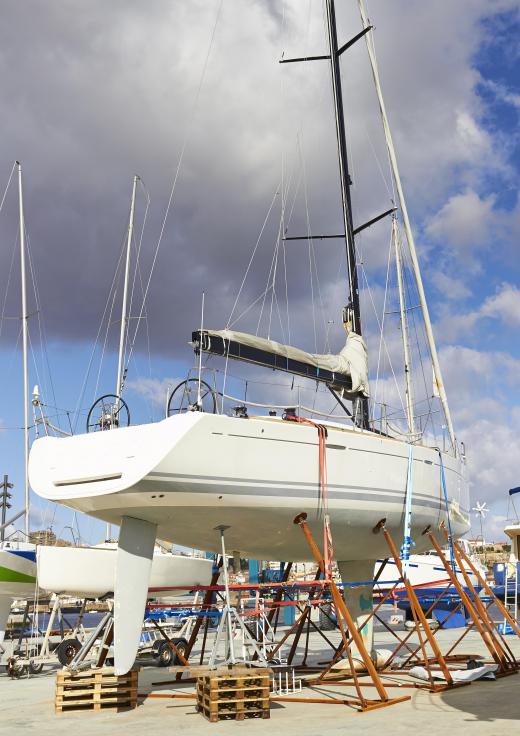While "boat racing" can refer to any type of boat race from manually-powered boats to remote-controlled boats, it typically refers to power boat racing. Power boat racing encompasses a variety of racing categories, including inboard, offshore, drag, performance and unlimited, which features the boats commonly seen in cigarette racing. Each of these racing types have unique characteristics from boat type to average speed. They also have varying minimum age requirements for participants.
Inboard racing is the largest category of the American Power Boat Association (APBA). It features many classifications of hydroplane- and runabout-style boats. The power and size of these racing boats ranges drastically, meaning top speeds will range from 80 miles per hour to 170 miles per hour (about 129 to 274 kilometers per hour). The minimum age requirement to race these boats ranges from 14 to 21 years old depending on the size of the engine and top speed.

The offshore racing category features powered catamarans and v-hull boats. These boats are capable of speeds of up to 180 mile per hour (about 290 kilometers per hour). The minimum age to be the driver on one of these racing boats is 18. This is one of the most spectator-friendly forms of power boat racing, in large part because of the team work required to operate a boat such as a catamaran.

Three categories — stock, modified and professional racing — make up the outboard power boat racing class. Racers of an outboard boat lie down face first, travel at speeds of up to 60 miles per hour (about 97 kilometers per hour) and are just inches above the water. Races are completed in laps, generally three to a race.
Drag boat racing is similar in concept to the like-named automobile race. Drag boats have engines of up to 300-horse power and can hit 200 miles per hour (about 322 kilometers per hour). Races are in a straight line on either a quarter-mile (about 400 meters) or eight-mile track (about 13 kilometers). As with offshore racing, the minimum age to drive is 18.

Outboard Performance Craft, commonly called OPC, boats are referred to as tunnel boats. Typically 12-feet (about 3.7 meters) long with great turning radiuses, races featuring these boats are fan friendly. Boats hit top speeds of 140 miles (about 225 kilometers) an hour using powerful V-8 engines. Racers as young as 14 can drive these boats, depending on overall power and top speed.
The races typically aired on cable networks are classified as unlimited, but commonly known as cigarette racing. Boats are powered by turbine rockets, skip on the water and hit speeds greater than 220 miles per hour (about 354 kilometers per hour).
In the US, to get involved with any of these racing categories as either a spectator or a racer, organizations such as the APBA oversee local groups. The APBA has racing clubs based in 16 U.S. regions. Each local organization can provide the details for potential racers of all ages and ability levels.
